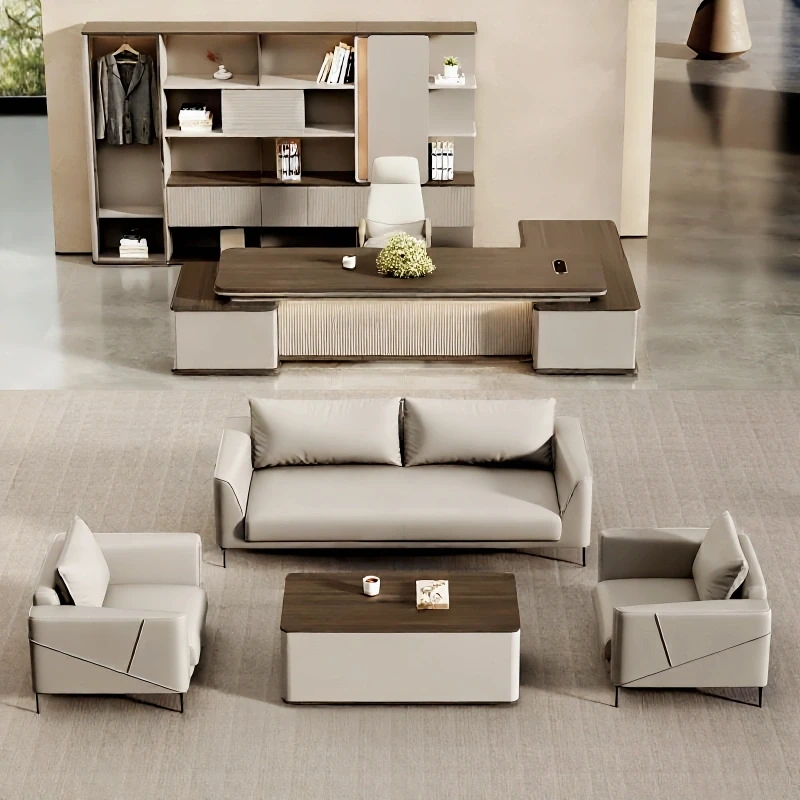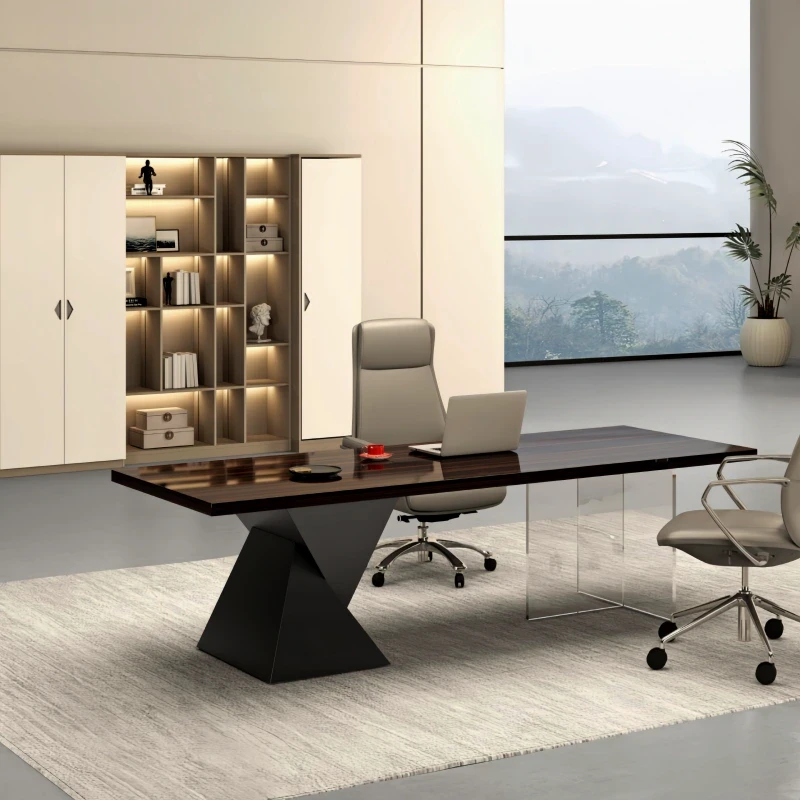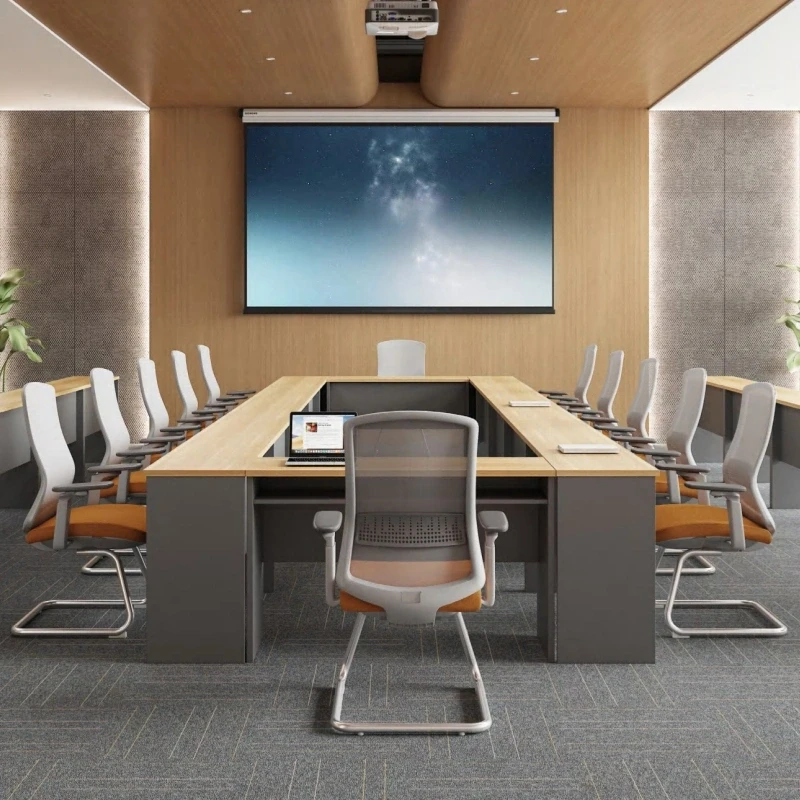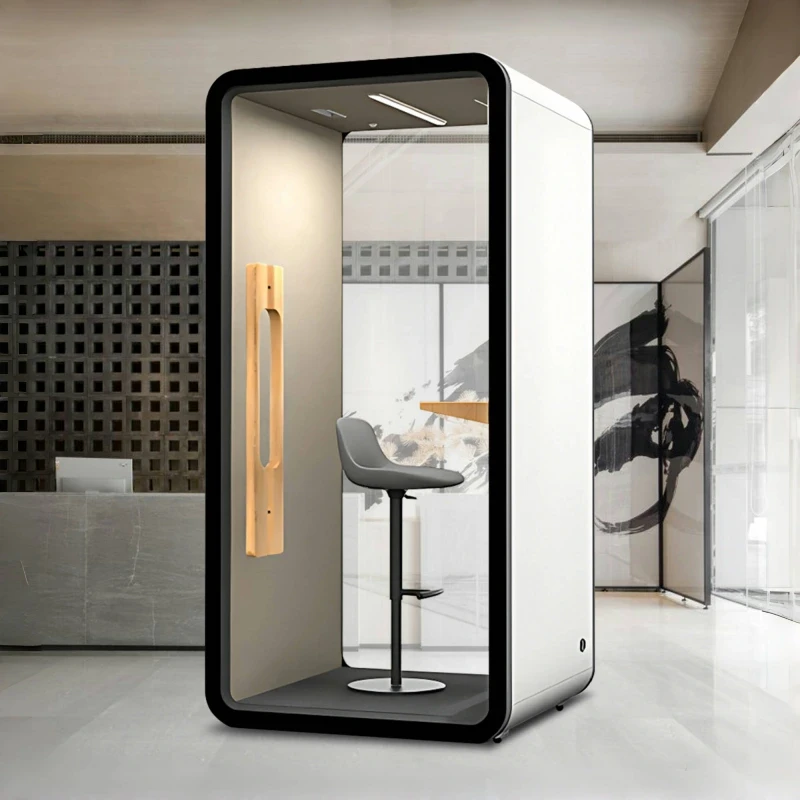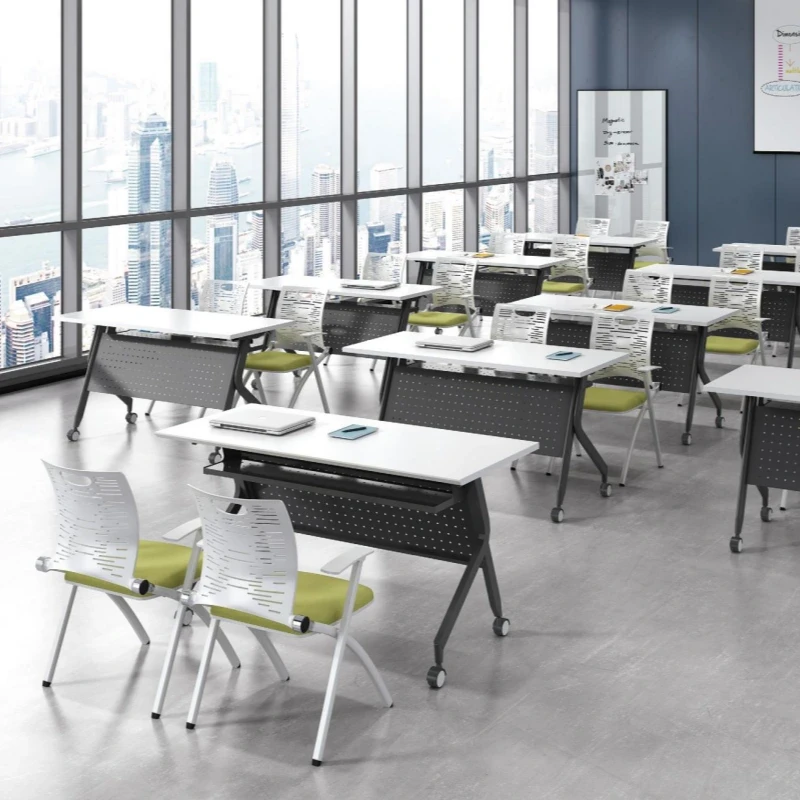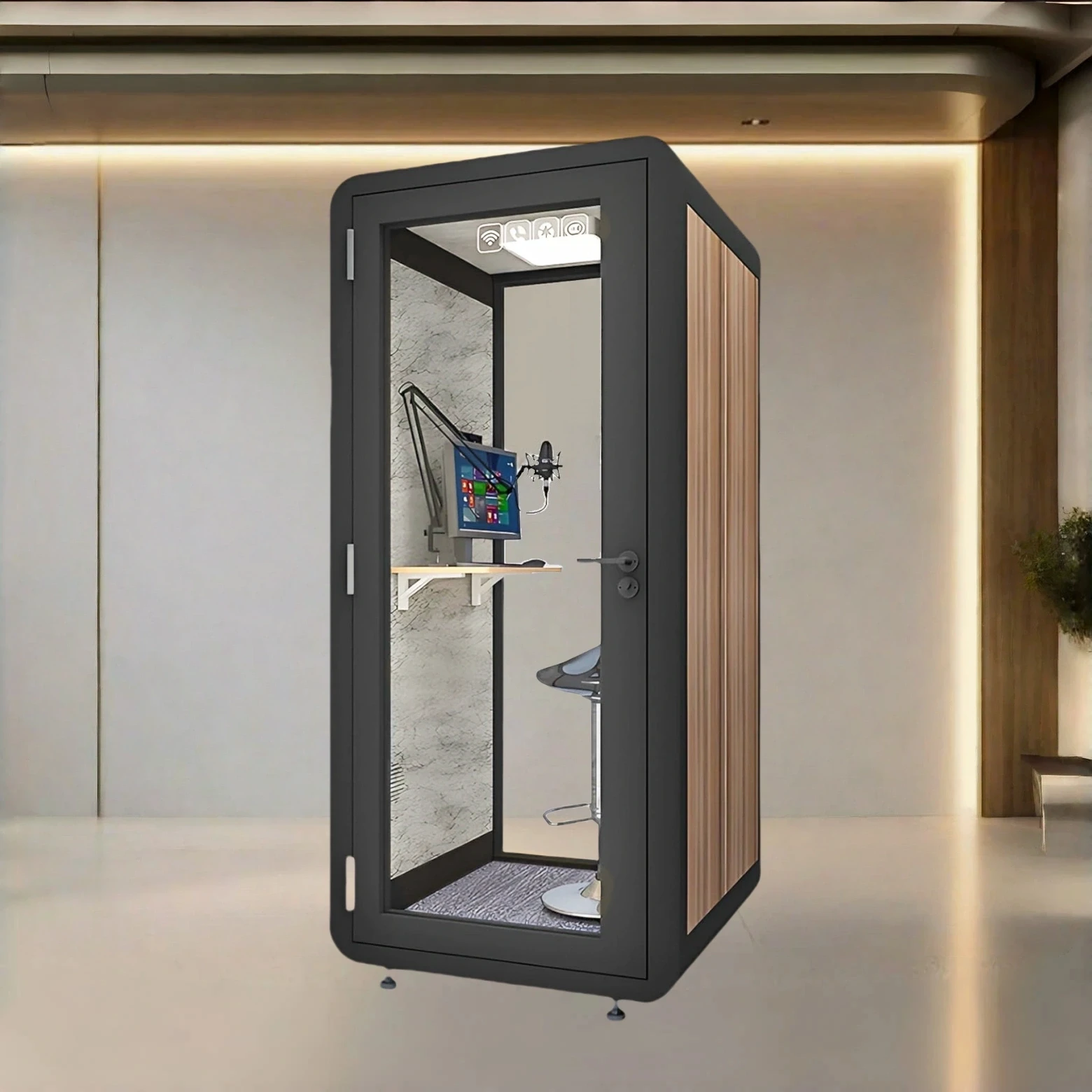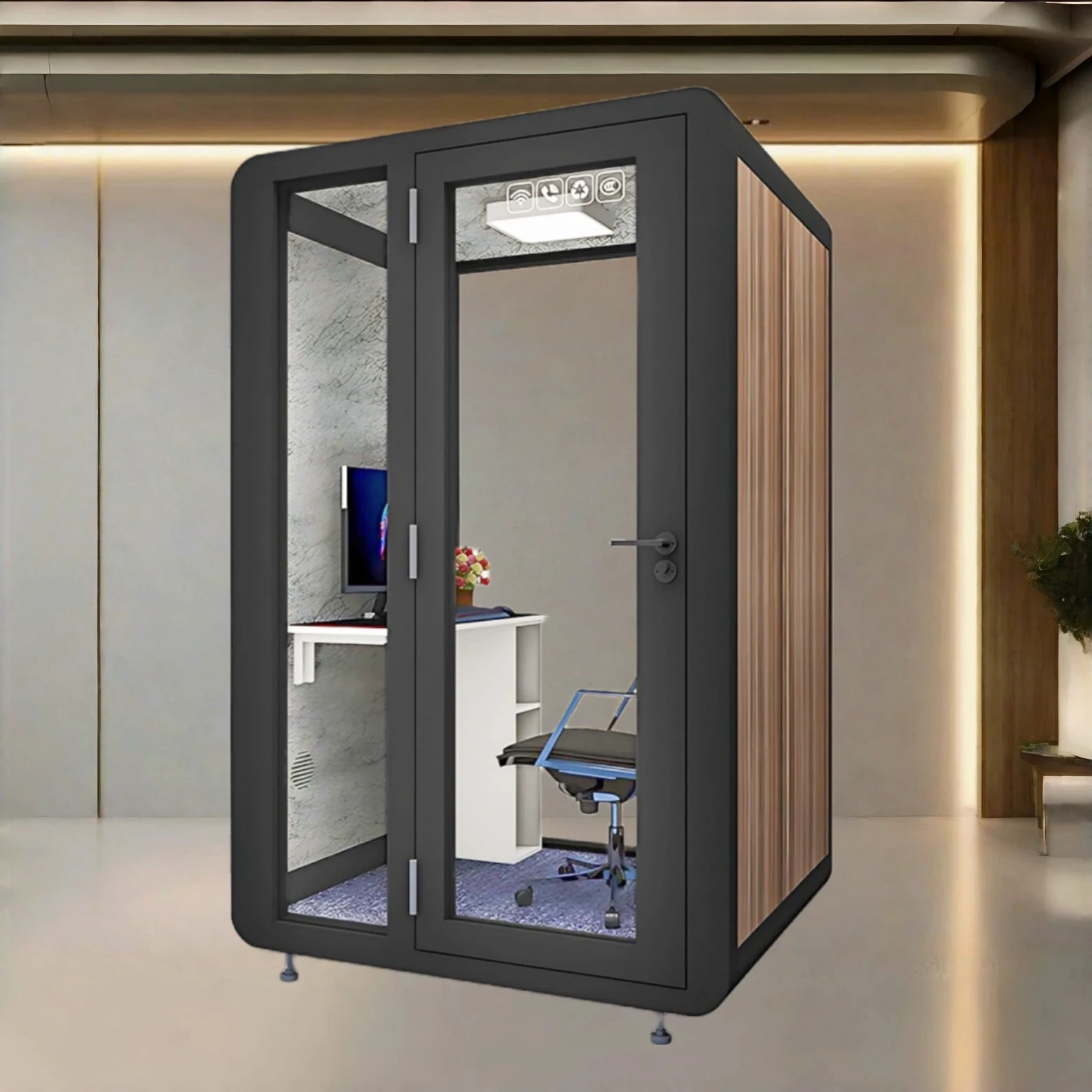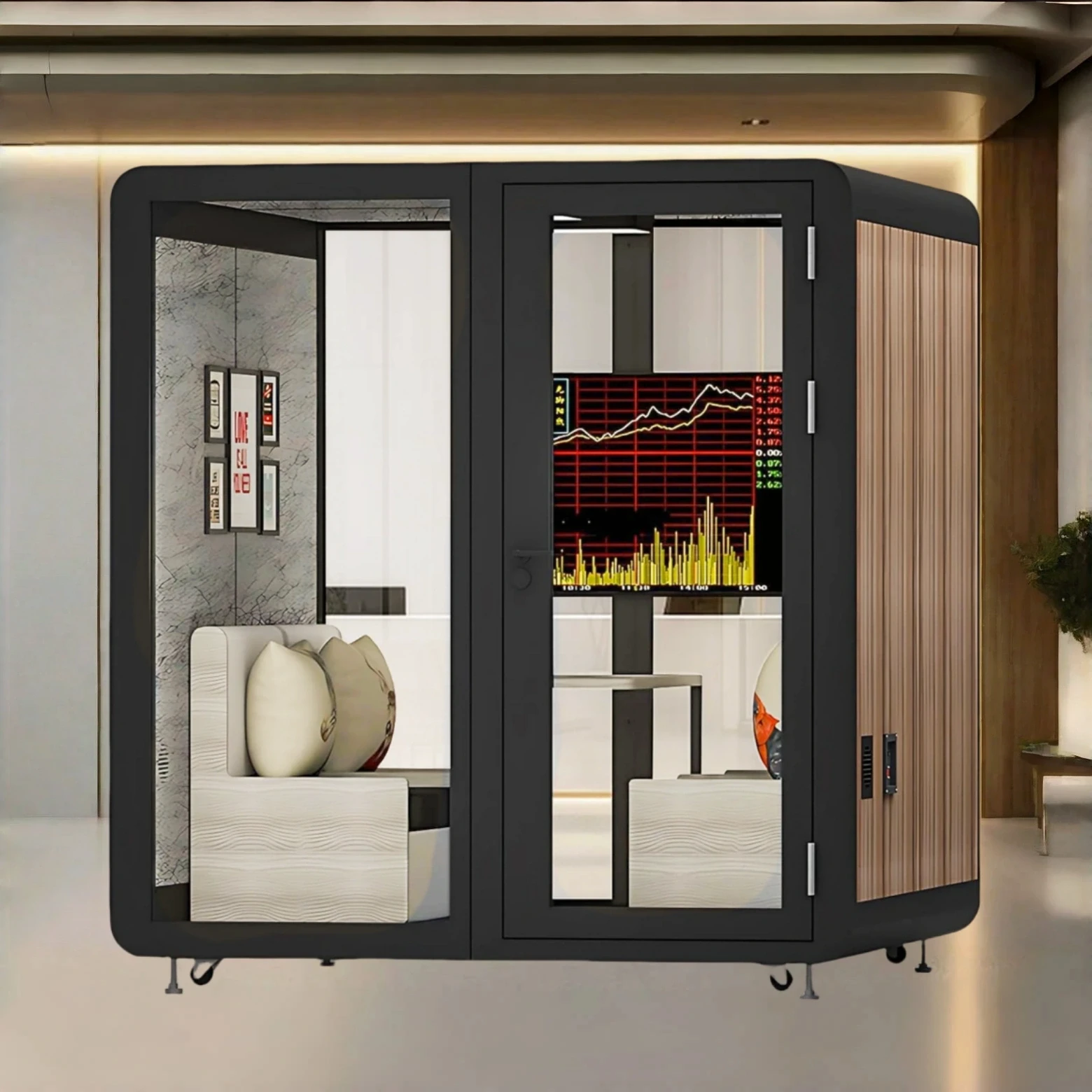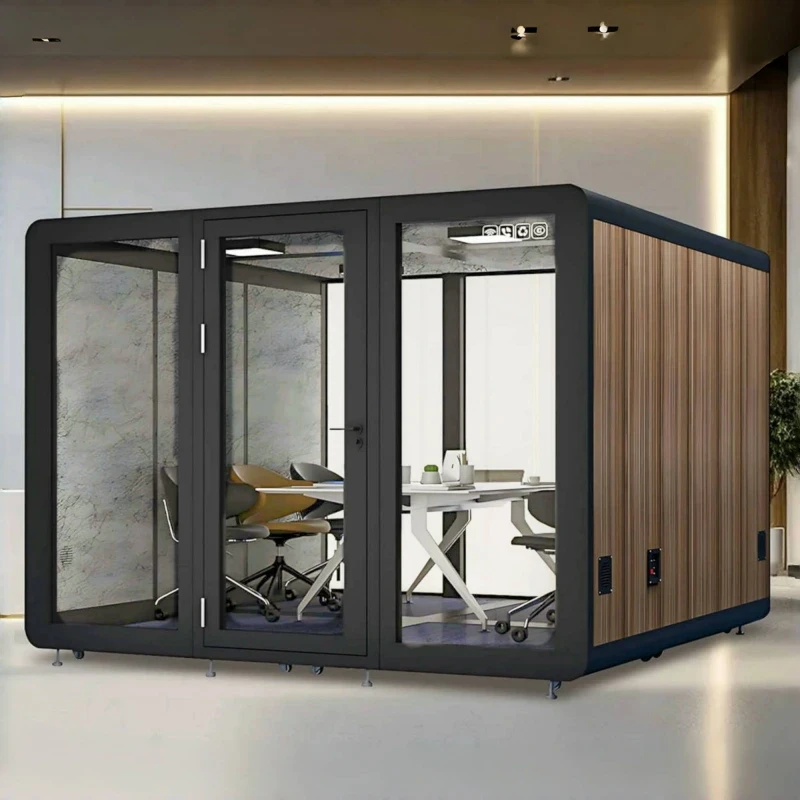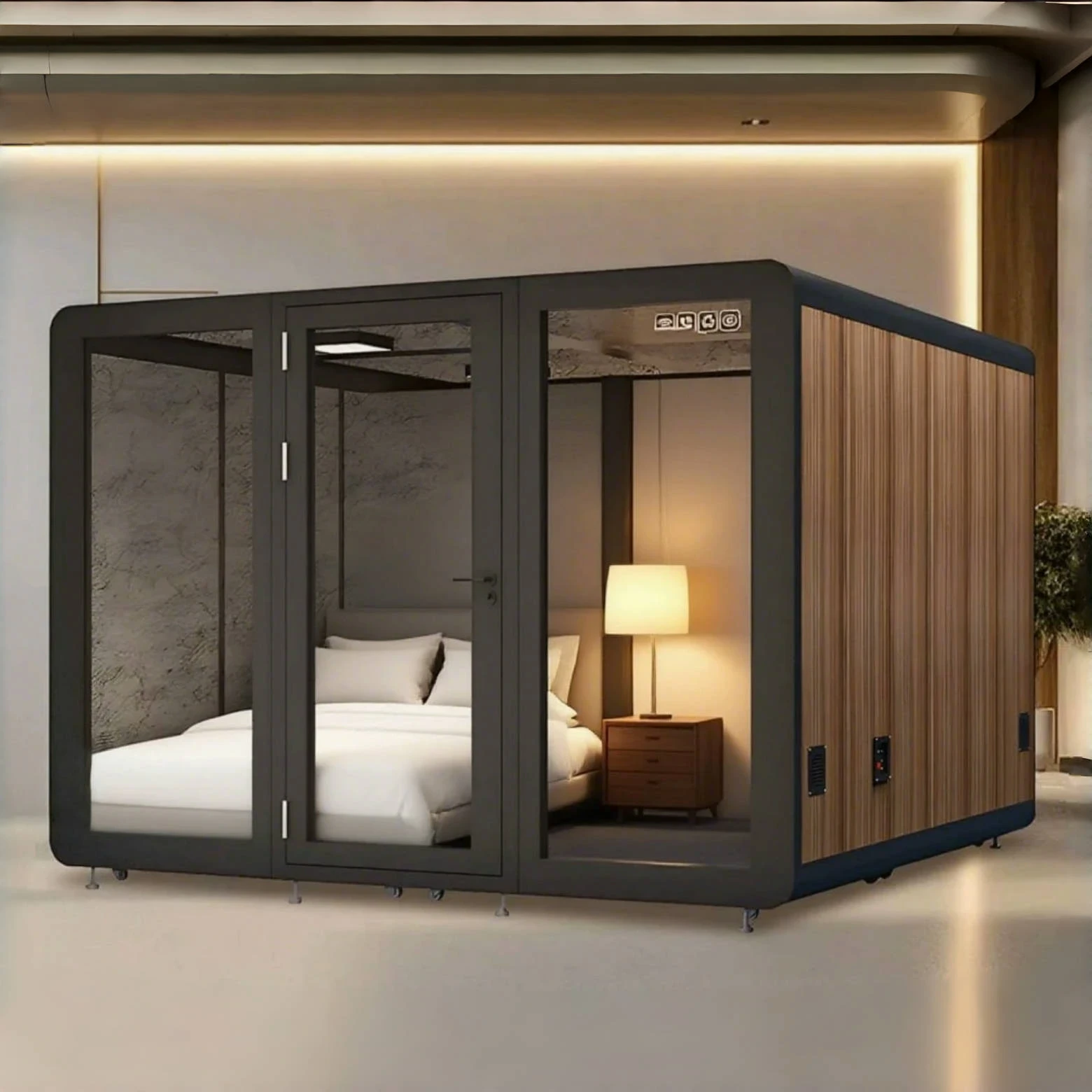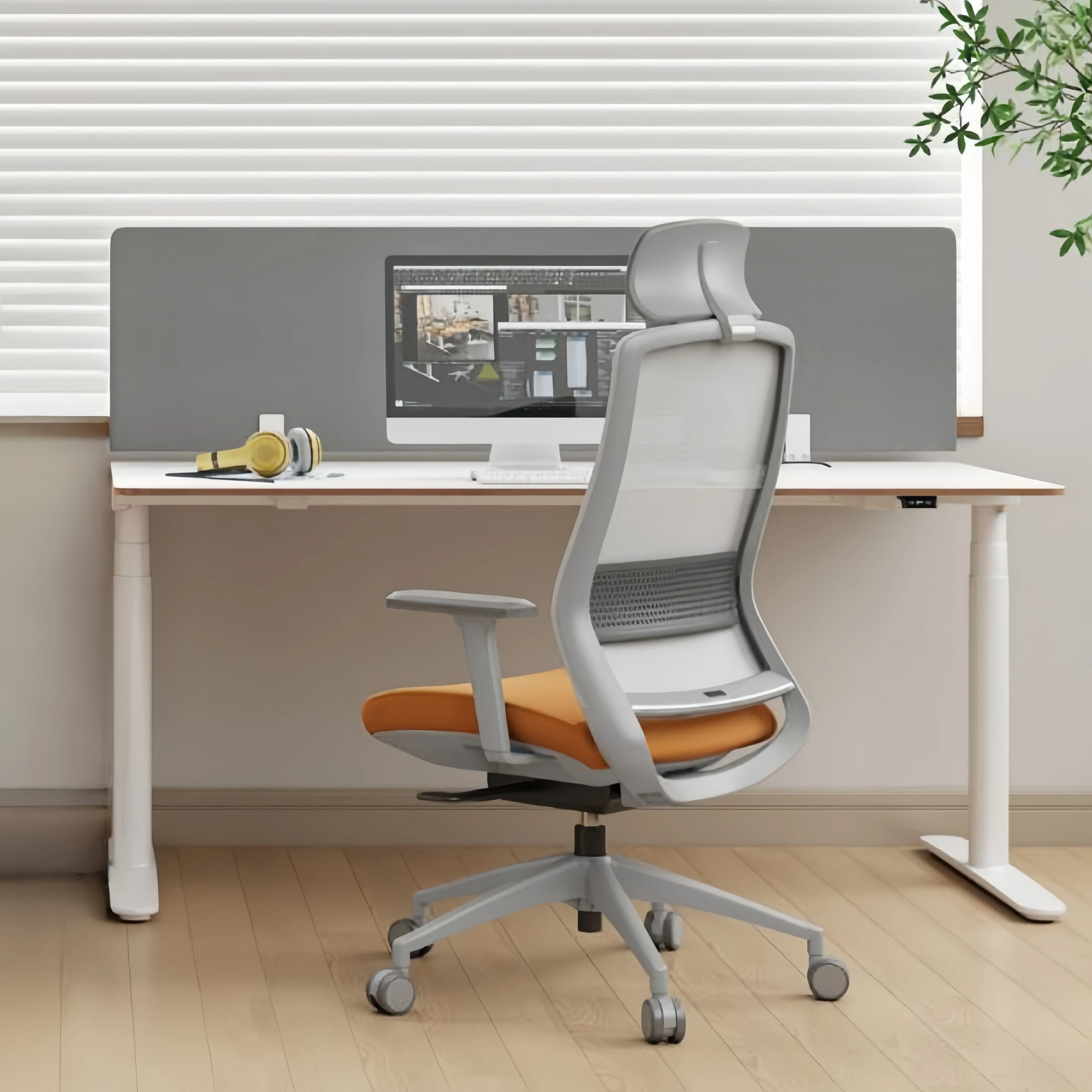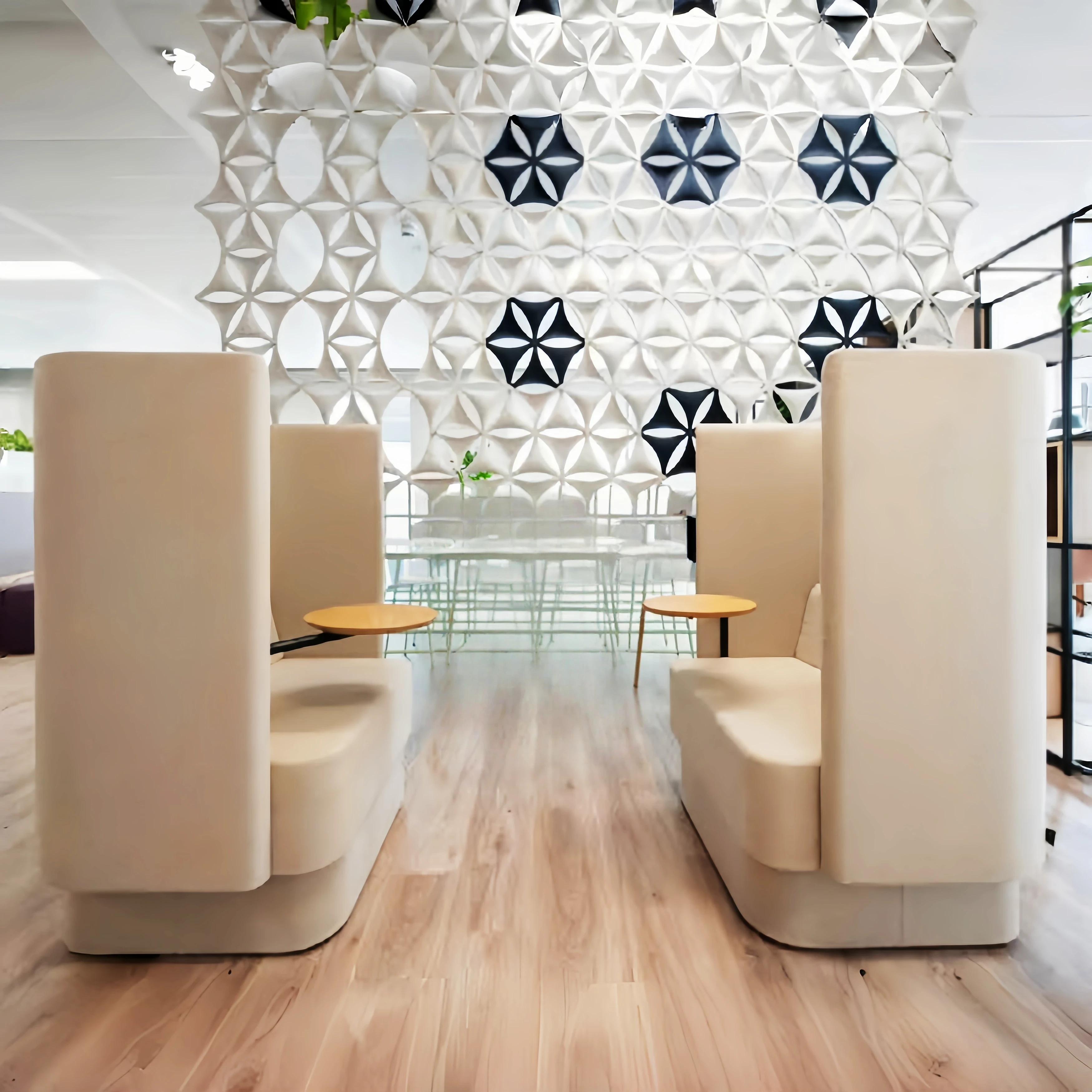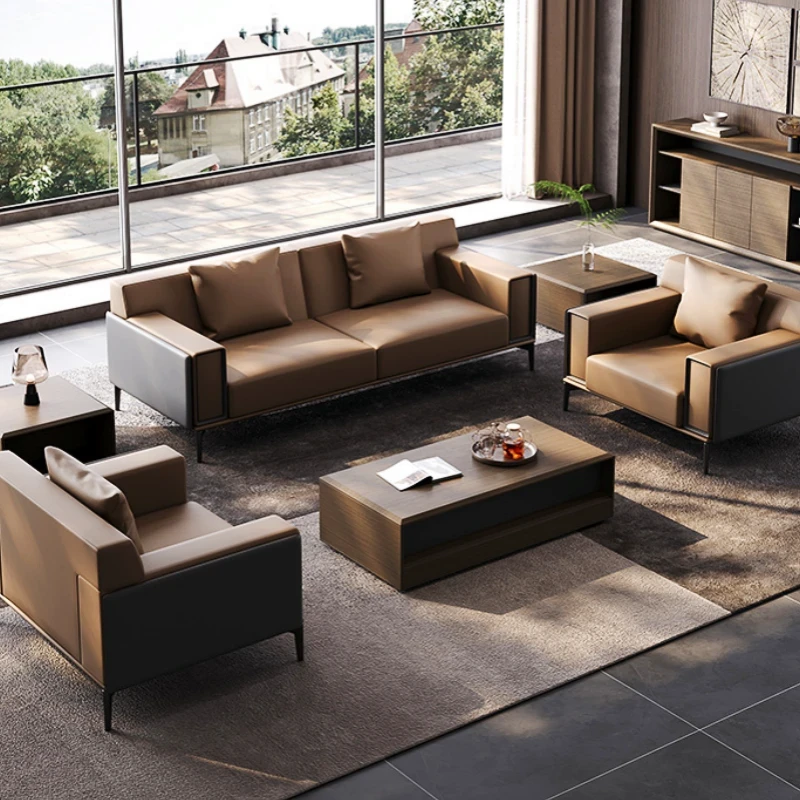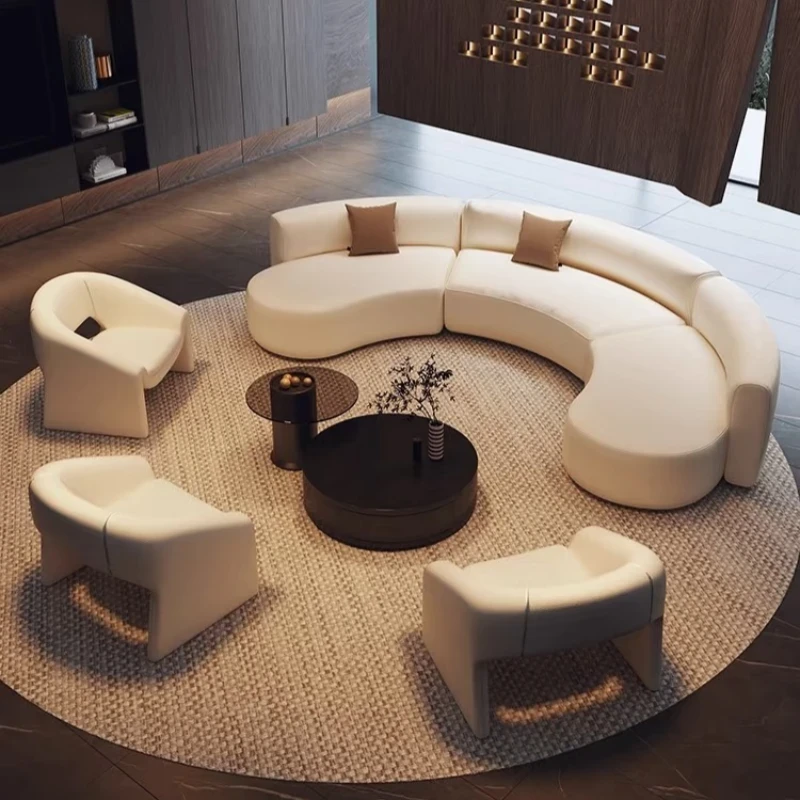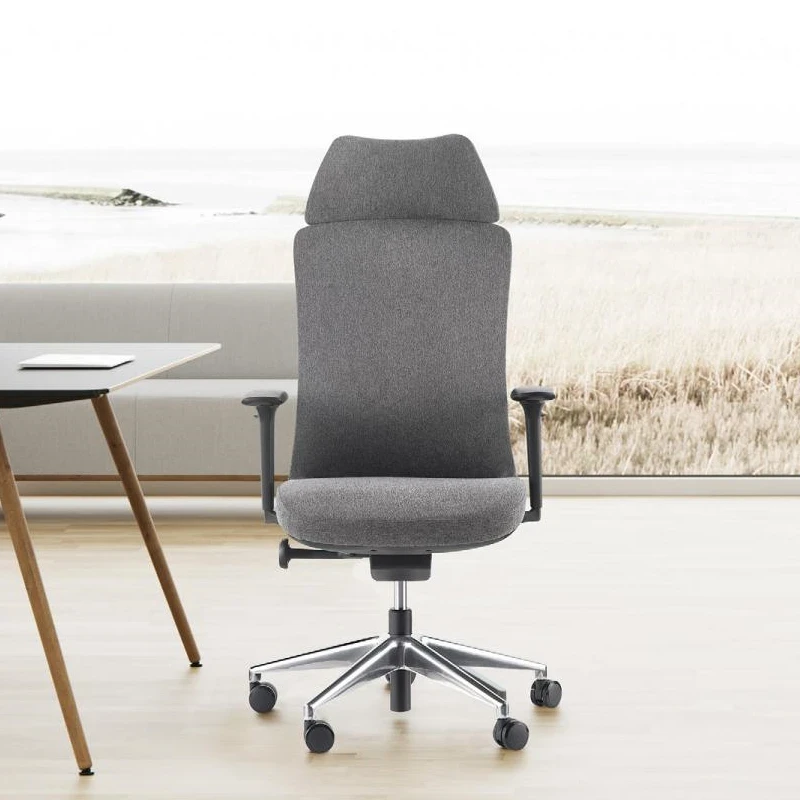As office spaces diversify, office furniture design is also evolving in line with office styles. A global study of the sitting postures of 2 million people in 30 countries, combined with electronic tools, has revealed nine new sitting postures in the information age.
Leaning Back - When using technology (small or mobile), people can lean back away from their desk. Leaning back can indicate they are contemplating or absorbing information, or holding the device close for optimal focus.
Multi-device - This posture represents how people adapt to multi-tasking with multiple devices. One hand holds a phone to their ear, while the other dances over a laptop. The result is a forward slump, a sign of focused attention and a reflection of the trend toward smaller laptop screens.
Texting - Smartphones are small compared to other electronic devices, requiring unique postures. Employees often fold their arms while texting, which in turn creates new postures.
The Huddle - People lean back, tuck their feet into the seat, and hold their phone or tablet in front of them, resting on their lap. This is what we call the Huddle - and small mobile technology devices allow people to be productive in this position.
Sit-Stand Touch - This position is typically used when using a device in "surfing mode" on a work surface, where one hand is used to operate the device, typically in touch mode. Because the device is on the work surface, the user must raise their head above the tablet to see the screen, maintaining a downward-looking posture.
Smart Mobility – This gesture is a result of mobile device use where people want to “move away” from others without leaving the meeting or collaboration environment. This is a typical, temporary gesture, often used when people are quickly checking text messages or emails.
Leaning Forward - This posture is observed when people focus on a screen for extended periods of time, or navigate a page using a mouse or trackpad. It is a posture that is sustained for extended periods of time.
Lying flat on your back - In this position, people lean forward to view content on a large monitor and/or sit back to reflect. This position is more about "absorbing" rather than "generating" information.
Slouching forward - Slouching forward is a very common posture when using a laptop. When people become tired, they gradually push their laptops further into the work surface, allowing some of their weight to be supported by the surface. This causes them to reach forward to work. Because their backs and necks cannot sustain this slouching posture for long periods of time, they begin to use their free arm for support.
Combining the above office sitting postures, Chuangshidai Office Furniture has now designed all-round office furniture, which is more suitable for office work and reduces office fatigue.

 USD
USD
 GBP
GBP
 EUR
EUR
